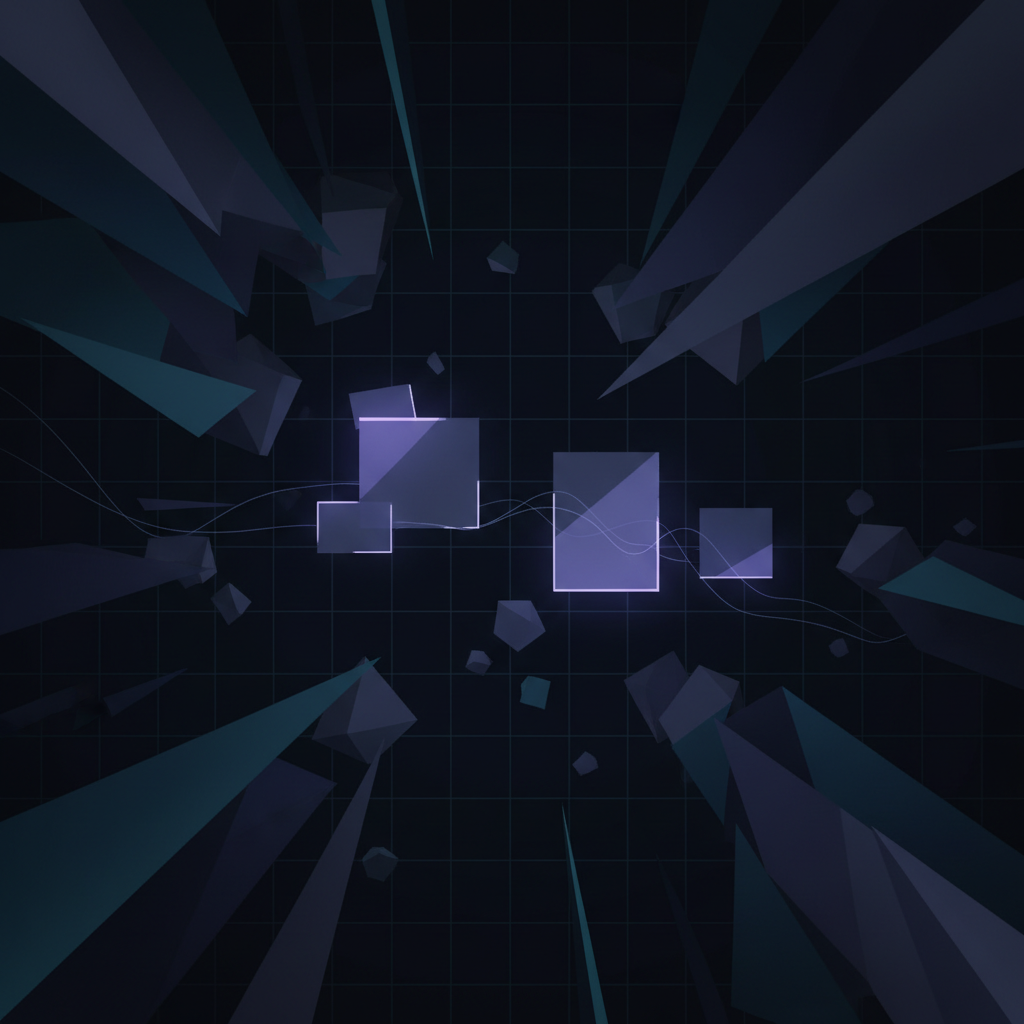AI Video Redaction Hits 98% Accuracy for Privacy
CaseGuard Studio's AI platform automates sensitive content redaction across video, audio, and documents with 98% accuracy, processing thousands of files in minutes.

The explosion of digital content has created an unprecedented challenge for organizations handling sensitive information. Law enforcement body cameras, medical imaging systems, and financial documentation all contain data that must be carefully protected before public release. A new AI-powered redaction platform claims to solve this problem with 98% accuracy while keeping all data processing on-premises.
CaseGuard Studio has developed an automated redaction system that represents a significant technical advancement in privacy-preserving video and document processing. The platform can detect and obscure faces, license plates, personally identifiable information, and other sensitive content across multiple file formats including video, audio, images, and documents.
The Technical Challenge of Modern Redaction
Traditional manual redaction involves frame-by-frame review of video content, with human operators identifying and masking sensitive information. This process typically requires 8-10 hours of work for every hour of video footage. Beyond the time investment, human error rates increase dramatically with fatigue, leading to costly data breaches.
The technical complexity multiplies when dealing with modern high-resolution video formats. A single 4K body camera recording can contain thousands of identifiable faces, license plates, street addresses, and other sensitive visual data that must be tracked across frames while subjects move through the scene.
CaseGuard's approach uses computer vision models trained specifically for redaction tasks. Unlike general-purpose object detection systems, these models are optimized for high recall rates - ensuring sensitive content is rarely missed, even if this occasionally results in over-redaction of borderline cases.
Architecture for On-Premises Processing
A critical technical requirement for many organizations is that sensitive data never leaves their controlled infrastructure. CaseGuard's system runs entirely on-premises, addressing concerns about cloud-based processing of classified or regulated content.
The platform processes multiple file types through specialized detection pipelines. For video content, this includes face detection and tracking, optical character recognition for visible text, and audio transcription with speaker identification. The system maintains temporal consistency across video frames, ensuring redacted subjects remain obscured even as camera angles change or lighting conditions vary.
The 98% accuracy rate cited by the company likely refers to detection recall on standard benchmarks, though specific testing methodologies weren't detailed. In practice, this means the system catches nearly all instances of sensitive content, with organizations able to adjust sensitivity thresholds based on their risk tolerance.
Implications for Synthetic Media and Authenticity
While redaction technology might seem tangentially related to deepfakes and synthetic media, the underlying computer vision capabilities are closely connected. The same facial detection and tracking systems used for privacy protection can be inverted for facial synthesis and manipulation detection.
More importantly, automated redaction represents a form of authorized content manipulation that must maintain chain-of-custody and authenticity verification. As organizations increasingly rely on AI to alter video evidence for privacy compliance, they need robust systems to prove that only approved redactions occurred - not unauthorized deepfake alterations.
This creates an interesting technical challenge: How do you cryptographically sign and verify video content that has been legitimately modified for privacy? Some redaction systems are beginning to integrate with content authenticity standards like C2PA, creating tamper-evident logs of all modifications while preserving the evidentiary value of the original recording.
Performance and Scale Considerations
The claim of processing "thousands of files in minutes" suggests significant computational optimization. Modern redaction systems typically use GPU acceleration for video processing, with specialized architectures for real-time inference on high-resolution content.
For organizations handling Freedom of Information Act (FOIA) requests or large-scale discovery processes, this performance enables practical deployment at scale. A single redaction server can potentially replace dozens of manual review stations, fundamentally changing the economics of compliance.
As video resolution and frame rates continue to increase, and as organizations capture more content through body cameras, surveillance systems, and recorded communications, the technical demands on redaction systems will only intensify. The intersection of privacy protection, content authenticity, and AI-powered processing represents a critical frontier in digital media infrastructure.
Stay informed on AI video and digital authenticity. Follow Skrew AI News.



